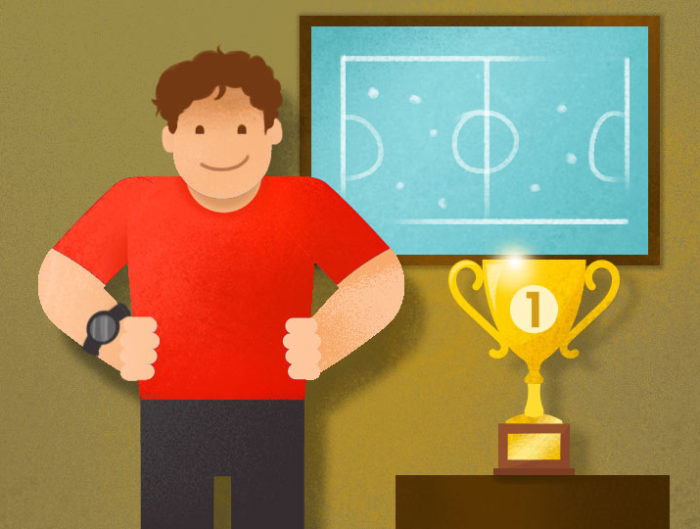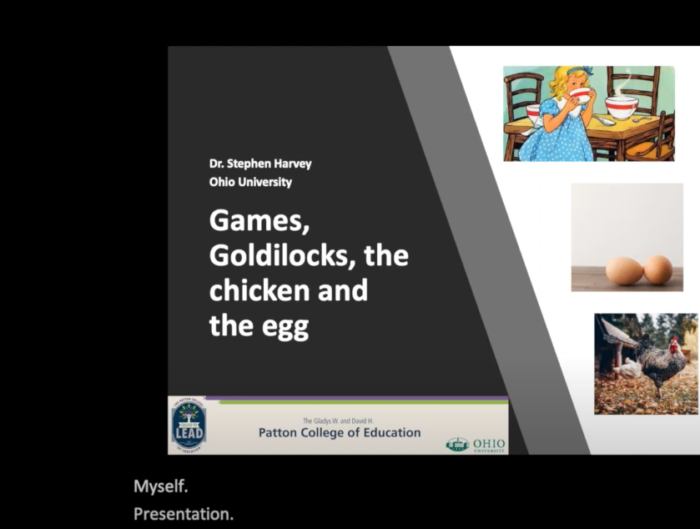As coaches and parents alike we have a precious window of opportunity to set our children up for a lifetime of activity in sports through devising coaching sessions which inspire, motivate and engage children, while still focusing on developing key physiological qualities such dynamic balance, running, turning, jumping cutting and kicking skills.
When we study the landscape of youth soccer we oftentimes witness too many drill-orientated activities that focus on a specific skill or technique in isolation from the game. While there is a place for these types of activities (and finding a balance is crucial for long-term player development), it is equally as important for coaches to be aware of how these drills might limit opportunities for physical growth. Having a child do only repetitive drills can be quite limiting and restricting in terms of the demands placed upon them both physically and in terms of being quite dull and boring, resulting in a lack of engagement.
This is why we feel it is crucial for youth soccer players to experience a multitude of game playing experiences that fully stretch their physiological bandwidth. Here we introduce the concept of FUNdamental movements. It is worth pointing to the capitalization of the word “FUN” before moving further. We talked about Youth Sport Dropout in another blog and the reasons why 70% of young people quit competitive sports by the age of 13. One of the main reasons for this was the lack of fun and enjoyment that kids experience when they play. So when we look at the “FUNdamental movement” research base, it is crucial to remember that at the root of everything we do to increase our children’s physiological capabilities is having FUN!
The FUNdamental movements for the 5-11 age group are commonly referred to as the ABC’s which are:
Agility – The ability to move quickly and change direction easily at speed.
Balance – The ability to stay in control of body movement.
Coordination – The ability to move two or more body parts under control, smoothly and efficiently.
Speed – The ability to move quickly across the ground.

There is no better way to target these movements than with activities that are closely related to the game itself, while also capturing the best possible opportunity for players to enjoy themselves. Fortunately, our beautiful game has it all! Every conceivable type of physical movement is witnessed during the game. These locomotive skills include running, jumping, twisting, turning, hopping, skipping, backwards, forwards, sideways… everything! Instead of controlling the movement patterns of our youth with overly robotic patterns, we should be encouraging them to fully engage with their bodies and explore the variety of movements they are capable of (and desperately in need of practicing) to reach their full potential!
It is by way of developing this base level of physiological attributes that we can then start to focus on the technical, tactical and psycho-social components of the game that will undoubtedly define the level of play for an individual. However, too few players start with an unrealistic chance of reaching their peak performance because we have stumped their physical capabilities from the get go – this needs to change.
So, our challenge as coaches is to stretch the movements of children. How can we design activities that expose our kids to a plethora of movements? We do not need to over complicate this. Again, we can use the game as the best possible teacher of movement. One such activity that we feel is particularly useful is a variation of 1v1/2v1/1v2/2v2 games. However, rather than simply serving a ball in to the field and letting the kids play, we might be able to set up the activity so that players respond to a stimulus, triggering a particular movement pattern we have chosen to target.
This 1v1 activity can start with players responding to the coaches’ command and then completing a short agility circuit at speed, focusing on quick footwork. After breaking out of the cones, the players jump side by side, aiming to make shoulder contact with their opponent in the air. After landing, the players then push off to sprint around their own goal before engaging in a 1v1 to score against their opponent!
This relatively simple set up touches on many different movements. We have agility through the cones, power in the jump, balance when landing after a collision in the air, speed to sprint around their goals, and then finally a blend of movement that naturally emerges from playing in a 1v1. The game can be repeated on both sides so that two 1v1’s are playing on the same field to create some traffic for the players to play around. These can easily develop in to either a 1v2/ 2v1 allowing the first scoring player to join their team mate and overload the opponent or can go straight in to a 2v2.
The above is only one of many ideas and games that can be designed to create similar opportunities to expose our youngest players to a multitude of movements. These movements are absolutely essential to their physiological growth and as coaches, we should be considering how we plan for this within our training sessions. We feel that the game itself offers some of the best opportunities to execute these movements, but we can also plan to isolate certain locomotive skills and design fun activities to keep the players engaged while working on their physiological growth.

 FRA
FRA































